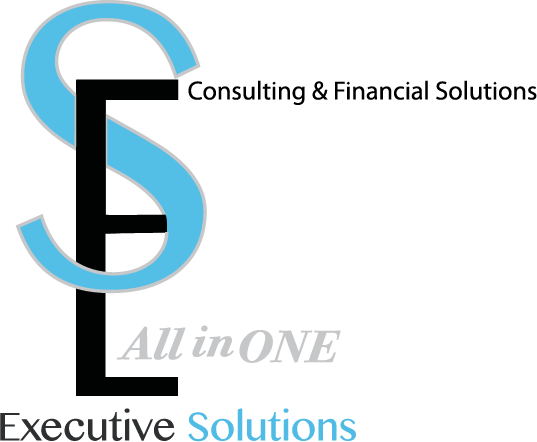Getting a loan for a commercial real estate property even though it’s different from the Home residential loan purchase process. When you want to request a commercial loan for a real estate investment property you have to first qualify as a borrower, you must have money reserve in the Bank, Down payment with funds set aside, any assets, liabilities, personal credit report. A residential appraiser value the property primarily based on the comparable of other units sold. A commercial real estate loan is valued on the income it produces.
Example
Here we are looking into buying an income property for $2,000,000. This commercial property makes a $150,000 Net operating income after all expenses. Based on a cap rate formula with simple math:
Cap Rate = $150,000 NOI/$2,000,000 Value
Cap Rate = 7.5% of our money with no loan on the property.
The next most important key question that investors and potential commercial buyers will ask is will this property qualify for a loan. Let’s say we have the following loan terms available:
- 70% Loan to value (LTV)
- 7% interest rate
- 3-25 year amortization
With these terms we will have an annual debt service of $11,738.91 per year. This brings our cash flow to:
$150,000 NOI – $118,738.91 = $31,261.09 per year
Cash on Return Rate
$31,261.09
$600,000 down payment = 5.21%
This might be a positive scenario for a potential buyer, however the key difference is that an investor must consider the debt coverage ratio known as the DCR. The DCR is a calculation of how much your yearly commercial mortgage payment is covered.
Example
$120,000 NOI/$100,000 Mortgage = 1.20 DCR
DCR = 1.20 this means that you can pay 120% of your mortgage after all expenses.
In today’s market many banks and lenders have taken a conservative approach and might require a higher DCR in order to have a cushion. Let’s say that instead of a 1.2 DCR the Lender wants a 1.3 DCR this means that the property has to make an additional $10,000 per year. In order to work out for the Bank Loan.
Going back to our original scenario we have the following:
$150,000 NOI/$118,738.91 = 1.26 DCR
During the loan review the Bank notify us that the 1.26 DCR is not acceptable and they want to see a 1.35 DCR. How can we meet this requirement?
- Provide a larger down payment to purchase the property.
- Pay less for the property
- Lower interest rate
- Longer amortization schedule
The DCR is definitely the key difference between a commercial real estate Loan and a Home Loan. Another difference is the Loan term. In financing homes the loan customers are familiar with 30 year fixed rate loan. In this case the interest rate is locked for 30 years.
In the case of commercial properties the banks don’t want to establish fixed rates due to the higher value of the commercial properties Vs Home properties. The Banks simply don’t want to give away money and miss out higher return opportunities. Banks will offer a shorter term timeframe from 3 to 10 years with amortization of 25 to 30 years depending on programs subject to changes based on their parameters and market condition. Banks usually will offer fixed rates during the first 3 years and then the rates will increase accordingly up to the 10 years depending on the loan structure and the treasure bill, plus the profit yield percentage with a maximum ceiling interest rate. Many Banks offer combine structures of fixed, floating rates and Balloon options on commercial real estate properties. This is where the borrower needs to analyze the current position in the market and what is the future investment plan for the commercial property?
We offer diverse mix of commercial real estate loans to meet the individual borrowing needs and investments objectives of its borrowers, for both investment and owner occupied commercial properties.



